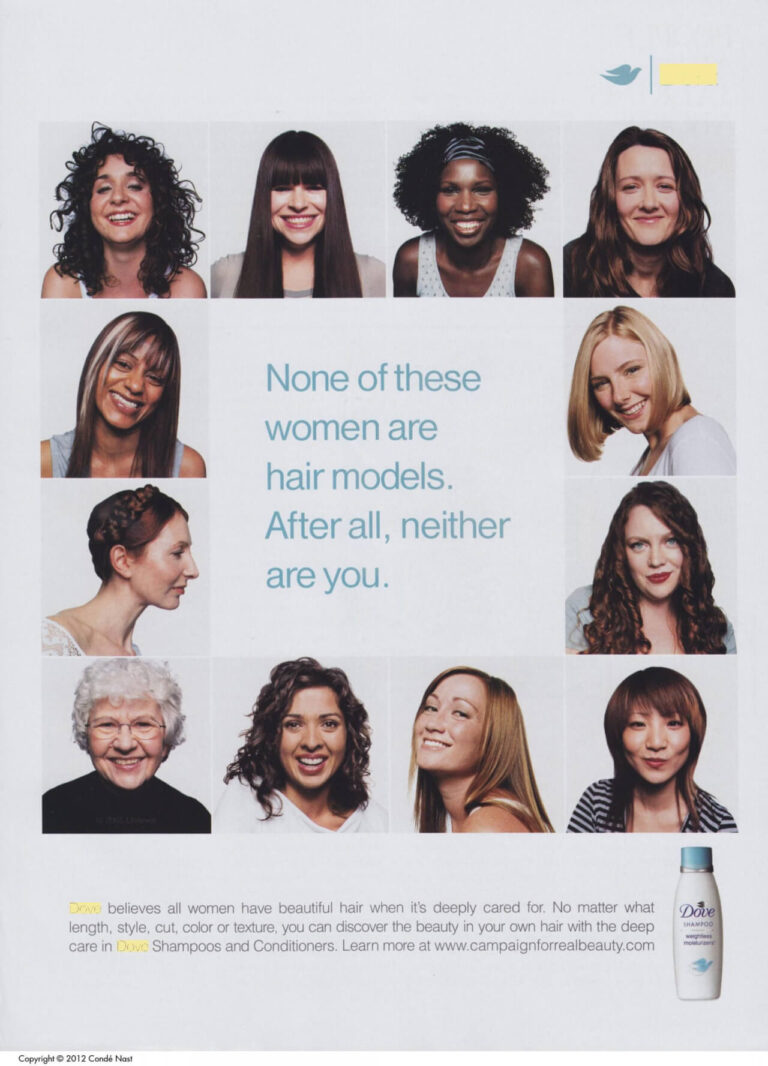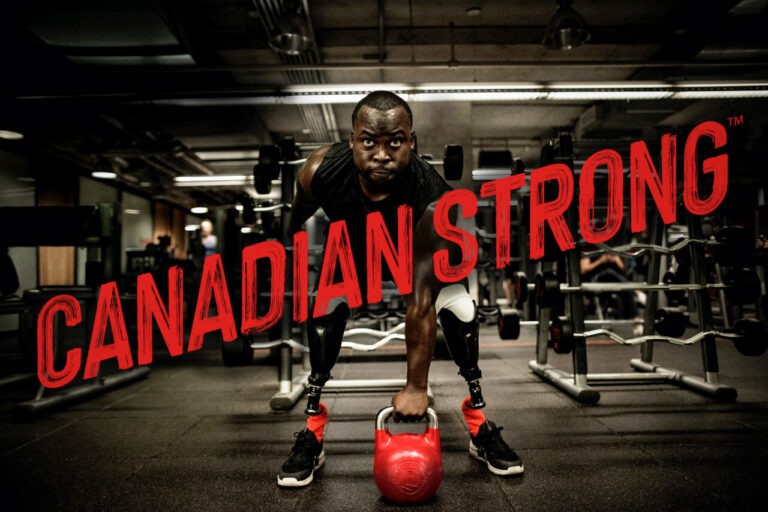알림: 이 블로그 포스트에는 제휴 링크가 삽입되어 있습니다. 자세한 내용은 이용 약관 페이지의 제휴 링크 정책을 참조하십시오.
It has become (or should become) a priority for brands to make sure they represent all members of society in their communications. However, diversity marketing is one of the trickiest waters to navigate. Many companies’ diversity campaigns have backfired and they’ve been accused of using token images to generate sales, without being true to the messages portrayed, a consequence that can greatly impact the longevity of a brand. Research has shown that inclusive marketing does well for profit. Just as diversity in the staff members brings different perspectives to the table and leads to creativity and growth, similarly, inclusive marketing campaigns tie in with business success. According to 5 year-long research by VAB, marketing campaigns that champion diversity, elevate authentic voices, empower communities, and celebrate modern society are the ones that benefit companies the most. A 2018 Deloitte report concluded that “organizations with inclusive cultures were 6X more likely to be innovative and agile, 8X more likely to achieve better business outcomes, and 2X as likely to meet, or exceed, financial targets.”
Let’s look at the brands whose diversity campaigns were on point this past year, a campaign that has had marked success for over a decade, and see what we can learn from them but before we get there, let’s connect a few dots.
The chief Diversity and social responsibility officer at ADP, Rita Mitjans breaks down the what and the how:
“Diversity is the ‘what’; inclusion is the ‘how’.”
She further states: “Diversity focuses on the makeup of your workforce — demographics such as gender, race/ethnicity, age, sexual orientation, veteran status, just to name a few, and inclusion is a measure of culture that enables Diversity to thrive. Inclusion requires that everyone’s contributions be valued.” Keep this in mind as we go through the brands, why their campaigns worked and how you can take inspiration from their marketing strategies and implement them within your business.
Fitness entrepreneurs should take note of this first campaign from GoodLife Fitness. GoodLife Fitness’ commercial for the ‘Canadian Strong‘ campaign focused on showing that their gyms, 300 across all of Canada, caters to all. The clip, released in early 2020 portrayed a diversity of genders, ethnicities, and physiques pushing to become a better version of themselves.
It is not everyday that marketing material for a gym brand shows ranges of body types, races and genders in a 60-second clip. A man with two prosthetics is doing a pull-up, women are punching into boxing bags, and men doing yoga. Their video stands behind its country’s values of true inclusion and a celebration of diversity. Such a step by Canada’s largest gym chain is a refreshing step against fitness elitism which dominates the industry.
The GoodLife Fitness campaign was received well among consumers and illustrated the the power of video marketing to share a well-crafted and clear message. #CanadianStrong champions that we can all become stronger, regardless of our differences. If the bottom line is a priority for your business (and let’s be real, we know it is a huge priority), an authentic ‘welcome to all’ ethos within your brand has huge benefits to brand longevity and overall financial success.
Image from GoodLife Fitness
A 2019 survey by Google and The Female Quotient found that 64% of those surveyed took some sort of action after seeing an ad they considered to be diverse or inclusive and that brings us to the success of San Francisco based company, ThirdLove. ThirdLove has challenged the status quo since the beginning by appealing to customers who want to see people like themselves in magazines and packaging. Using millions of real women’s measurements (not size templates), ThirdLove appealed to the masses, celebrating the reality that every body is unique and different. Five years ago, ThirdLove extended its bra sizes range to a 48 band size and cups AA through H, proclaiming itself as the most inclusive bra brand in the industry. Inventing half-cups, ThirdLove carries double the amount of size of most other brands.
During lockdown, ThirdLove created its evocative multicultural and multilingual Love is Love commercial to celebrate Pride Month. The company also actively supports the community offering discounts to military, veterans, teachers, first responders and medical professionals. Firmly standing behind the core belief that every woman deserves to feel confident and comfortable, ThirdLove has partnered with organizations such as I Support the Girls and Good 360 to support women in making powerful life changes. ThirdLove has donated over $40M in bras, and counting.
Image from ThirdLove
Athleisure made from recycled water bottles, Girlfriend Collective is an ethically made sportswear brand created by Seattle-based couple Ellie Dunh and Quang Dinh when they couldn’t find ethically made leggings anywhere. Impressively transparent, Girlfriend Collective gives a detailed account of their manufacturing, materials, certifications, health & safety, labor laws, the list goes on.
The company has become a phenomenal example of how to connect a consumers moral compass with buying power. No “body” is left out. In her honor’s thesis titled, “Creating Change in the Fashion Industry: An Advertising Campaign to Bring Together Diversity, Inclusivity and Sustainability,” Pennsylvania State University Advertising graduate, Jordan Pietrafitta, covered Girlfriend Collective’s rise to becoming one of the most popular brands among Gen-Z consumers. From her research, she notes that Girlfriend Collective is one of the few fashion brands that come up on top in the categories of sustainability, inclusivity, and diversity practices. It is a brand that embodies the work of promoting inclusive body types, genders, ages, abilities, and races while also staying very focused in emphasizing the call for zero-waste, sustainable products.
In July this year, they released their new collection of sports bras, bike shorts, and leggings, ‘FLOAT’, and their sizes ranged from XXS to 6XL. Girlfriend Collective has been known to extend their sizing range when women complained that their size wasn’t available. Their marketing campaign featured ‘real models’. This means that they never retouch or reshape the photos of their models. The brand welcomes its customers to model for them to represent what their real buyers look like. Girlfriend Collective is an intentional brand that lives and breathes inclusivity, sustainability and transparency.
Image from Girlfriend Collective
Though not a 2020 marketing campaign (2004 to be exact), Unilever’s Dove Real Beauty Pledge was a game-changing campaign that evolved into its differentiating spot in consumers’ eyes. The campaign focused on appreciating women of all races, ages, sizes, etc. It is still – 15 years later – a campaign that still receives praise from both media and customers, proof that inclusive and diverse marketing will always be timeless and relevant.

All brands must keep in mind that convincing the masses that your brand or company stands for an issue takes a lot more than just a successful PR campaign. A marketing message is not worth anything when your company or brand does not embody those principles behind the curtain of flashy ads. For example, one commercial or shoot with multi-cultural, plus-size, or disabled models seems hypocritical when such communities don’t feature regularly in your marketing, consumer focus groups or your internal staff. It’s important to shift to a mindset of ‘diversity every time’ rather than a single ‘diversity campaign’ or you end up with failed marketing campaigns, wasted resources and the perception of ‘not getting it,’ even if your principles are well intentioned.
Diversity and inclusion campaigns work best when you have a diverse workforce. People from different backgrounds have better insight into the real issues that marginalized communities are facing and can provide powerful conversations to change an overdue dialogue and outdated mindsets. This ties back to how diversity campaigns should be a reflection of the true values of your brand.
Lastly, the message should be very clear. When talking about a topic that plays with the sentiments of a community, the chance for it to be misinterpreted is very high so it is important that a brand or company makes an effort to provide clear messaging to their consumer. Rushing to take a stand and getting it wrong can damage your brand and the community both. It’s important to research the topic so you have something valuable to add to the conversation. Effective measures to avoid these problems are to thoughtfully seek and ask consumers – ie, the people paying for your products – what is important to them, what they want to see more of, or what they want to see less of which has a tremendous ROI. No matter where you are in your marketing strategy, supporting ways your current and future customers can resonate with your brand has lasting benefits for your business.
At Ruoom, we care deeply about helping you succeed as a business owner. As entrepreneurs ourselves, we understand the grit and hard work it takes to build a brand and not lose sight of your company’s core values. Below are marketing resources to help your company and team learn more about diversity marketing:
Multicultural Marketing News (MMRNews)
Bringing the latest news, expert directories, and events to help your business plan and execute multicultural marketing programs with a consumer focus on Hispanic, African American, Asian American, Native American, the Canadian multicultural market, women, LGBTQ, and people with disabilities.
Alliance for Inclusive and Multicultural Marketing
The organization aims to empower marketers to accurately portray cultural diversity.
National Center on Disability and Journalism Disability Style Guide
The document is available and intended for those in the journalism and communications professions and general public members who seek the appropriate and accurate language to use when writing or speaking about people living with disabilities.
Conscious Style Guide
The first website is devoted to conscious language to help writers and editors think critically about using language to empower instead of limit.
How to Design Websites for Blindness, Deaf, Disability & Dyslexia
A 20-year collection of notes focused on inclusive and accessible web design to make websites as accessible as possible to all site visitors.
Content Marketing Institute | A Practical Guide to Content Accessibility


